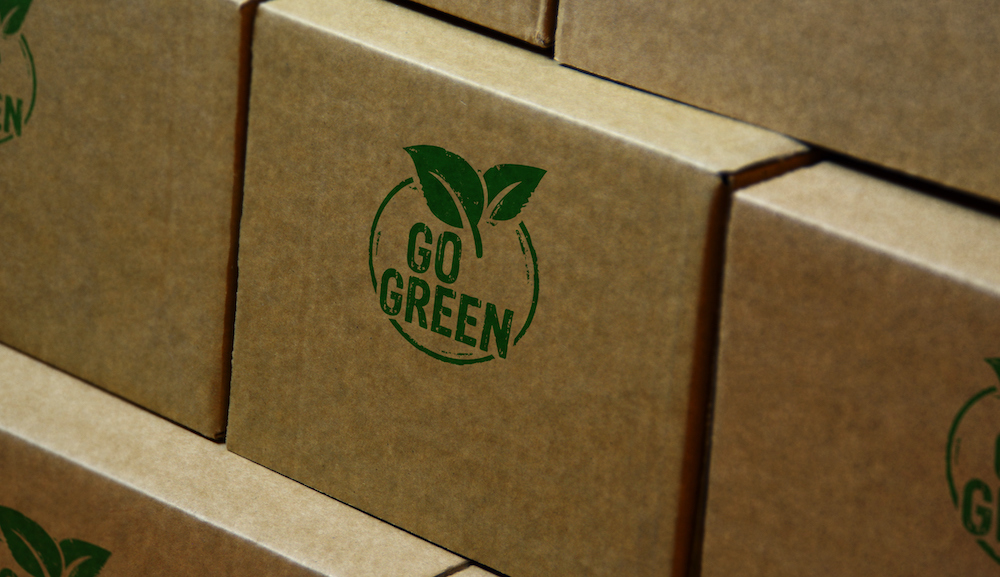On paper, sustainable packaging can seem like an added expense for companies that are already dealing with heightened shipping costs. But if you look at the larger picture, you’ll see that going green with packaging can actually save you costs in the long run.
How? We’re glad you asked…
Sustainable Packaging = More Lightweight Designs
One key pillar of sustainable packaging is the goal to reduce packaging waste. While this is a matter of leveraging the most efficient manufacturing techniques, it also means designing packaging that adheres to the size and dimensions of individual products.
As noted in a recent article from Logistics Management, 24% of the average e-commerce package’s volume is empty space. This wasted space introduces several hurdles: it makes products more susceptible to damage in transit, it emits larger quantities of carbon dioxide into the atmosphere, and it adversely affects shipping costs, as heavier packaging inevitably costs more to transport.
While sustainable packaging materials may come with added costs, lightweight packaging designs counteract these expenses. With size-optimized packaging, businesses can save shipping costs, from the cost of packaging fill materials, to the extra space on trucks beds and airplanes, to the sheer handling of heavier packages. Beyond that, the security of optimized packaging reduces the potential for damaged products and their replacement, which can tack on hefty costs to a company’s supply chain.
Sustainable Packaging = Increased Market Share
Research and insights have shown time after time that sustainable packaging is a factor that consumers and businesses alike care about.
According to research from Trivium Packaging in partnership with Boston Consulting Group, 74% of eco-conscious consumers see so much value in sustainable packaging that they’re willing to pay more for it. In fact, one-fourth of these respondents said they would pay up to 10% more for sustainable options.
While consumer-based businesses can profit from switching to sustainable packaging solutions, a similar scenario plays out in the B2B space. In a recent McKinsey article, Senior Partner Georg Winkler noted how sustainability is top of mind for board members and investors, with more capital funneled toward sectors and companies based on their environmental, social and governance (ESG) strategy. Alongside these cost benefits, the interconnectedness of the supply chain means that B2C companies are concerned with their customers’ perspectives, which gives them added incentive to work with other sustainable brands.
Save Long-Term Costs with Sustainable Packaging Solutions
Looking at long-term costs is a critical step before making any business investments. In the case of sustainable packaging solutions, taking this perspective provides insight into just how cost-effective this decision can be for your business in the long run — no matter the types of products you ship. This helps explain why so many brands have already made the switch.
If you’re ready to follow suit and embrace sustainable packaging solutions, connect with Cases By Source. We have years of experience helping companies across various industries design and build customized, cost-effective packaging solutions that benefit their bottom line. We look forward to the chance to do the same for your business!








Leave a Comment